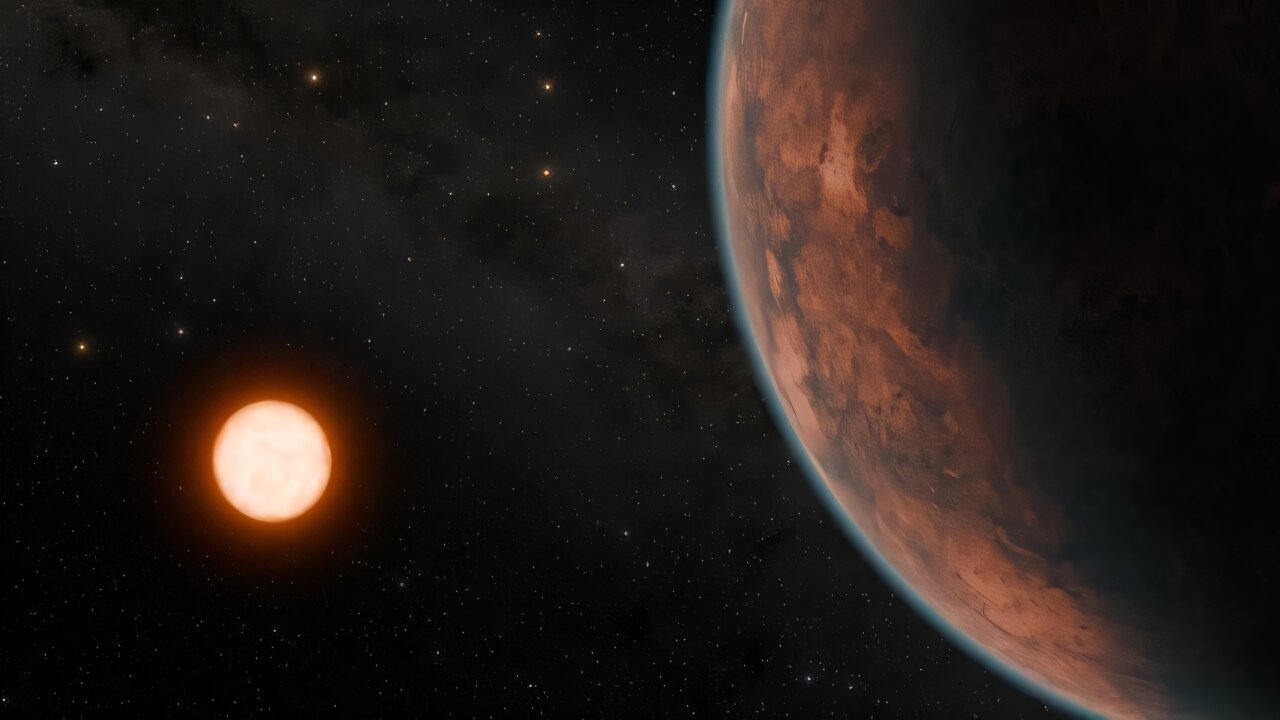The Future of Studying ExoVenuses Looks Bright
The image above of Gliese 12 b, which is an exoVenus candidate orbiting an M-type star approximately 40 light-years from Earth. Credit: NASA/JPL-Caltech/R. Hurt (Caltech-IPAC)
What can Venus-like exoplanets, also known as exoVenuses, teach us about our own solar system and potentially finding life beyond Earth, and how can the planned Habitable Worlds Observatory (HWO) provide these insights?
This is what a recent study presented at the 56th Lunar and Planetary Science Conference (LPSC 2025) hopes to address as a team of scientists discussed the difficulties of studying exoVenuses and how HWO can help alleviate these challenges by directly imaging them.
This study has the potential to help astronomers develop advanced methods for better identifying and understanding potentially life-harboring exoplanets throughout the cosmos.
“We are entering an exciting era when we will be able to spectroscopically characterize the atmospheres of terrestrial planets,” according to Dr. Stephen Kane, a Professor of Planetary Astrophysics in the Department of Earth and Planetary Sciences at the University of California, Riverside. “However, a major challenge for such characterization is trying to distinguish between a Venus analog and an Earth analog. Transmission spectra, particularly at the wavelengths of JWST, can look very similar for Venus and Earth since both exhibit strong carbon dioxide absorption within that regime.
“This is a critically important issue to resolve since Venus and Earth lie at opposite ends of the habitability spectrum, and distinguishing between them will have a profound effect on the search for life in the universe. The primary motivation is thus: how can we more effectively identify planets that, like Venus, are in a post-runaway greenhouse state?”
(Source: phys.org)

